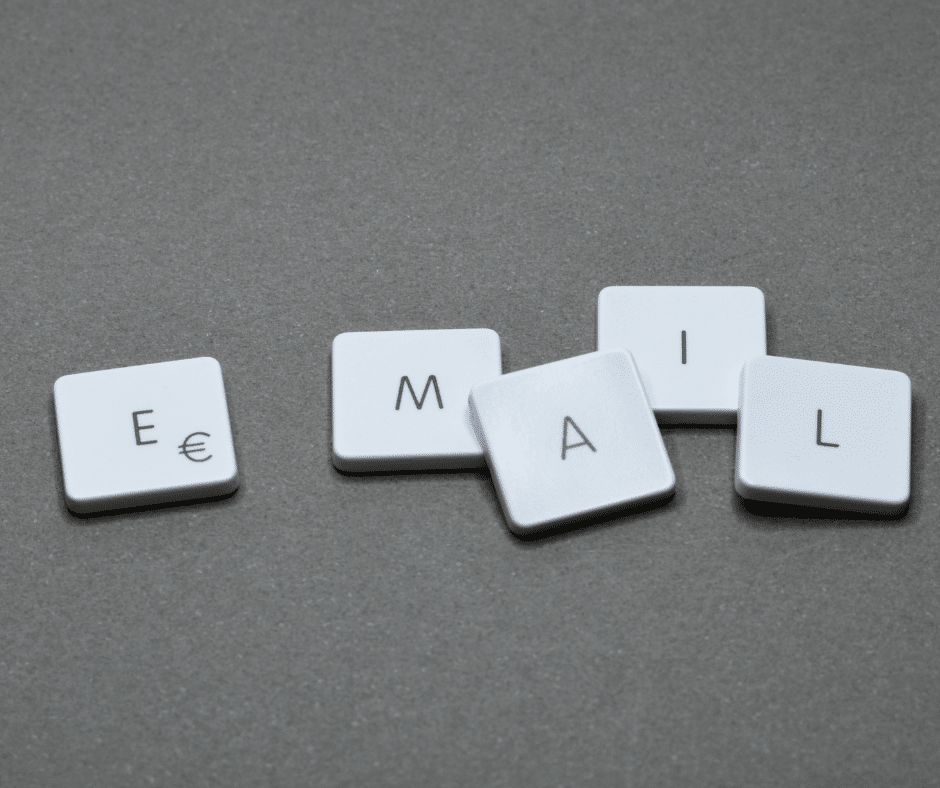
Despite the fact that cold calling is often seen as a less-effective way to reach out to potential customers, some effective methods can be used. One of the most successful cold-calling techniques is the use of pre-made scripts that are customised to the individual company or product.
What is Email Marketing?
Email marketing is a digital marketing strategy that involves sending commercial or promotional messages to a group of people via email. The purpose of email marketing is to build brand awareness, engage with customers, promote products or services, and ultimately drive sales.
Email marketing campaigns typically involve creating a list of subscribers who have opted-in to receive emails from a company or organisation. These subscribers may have signed up through a website, a physical sign-up sheet, or another method. Once a list is established, companies can use email marketing software to send personalised emails to the subscribers on that list.
Emails may include newsletters, promotional offers, updates on new products or services, or other information that the subscriber may find useful or interesting. The goal is to build a relationship with the subscriber, establish trust, and provide value over time.
One of the benefits of email marketing is that it allows companies to reach a targeted audience directly without relying on search engine rankings or social media algorithms. Additionally, email marketing can be cost-effective and provide a high return on investment (ROI) when executed correctly.
However, it’s important to note that email marketing must comply with regulations such as GDPR and the CAN-SPAM Act, which govern the collection, use, and distribution of personal data in email marketing. Companies should also prioritise building a quality email list and providing valuable content to their subscribers to ensure the success of their email marketing campaigns.
Why Email Marketing is Important
Email marketing is important for businesses and organisations for a variety of reasons, including:
- Cost-effectiveness: Compared to traditional marketing methods like TV ads, print ads, or direct mail campaigns, email marketing is often much less expensive. It requires minimal overhead costs, and email marketing software is relatively affordable.
- Targeted marketing: Email marketing allows businesses to reach a specific audience with a personalised message. This can result in higher conversion rates because the message is tailored to the recipient’s interests and needs.
- Measurable results: Email marketing software typically provides metrics like open rates, click-through rates, and conversion rates, which allow businesses to measure the success of their campaigns and make data-driven decisions about future campaigns.
- Increased engagement: Emails can be designed to engage recipients in a variety of ways, such as inviting them to events, offering special promotions, or providing valuable content. This can help businesses build stronger relationships with customers and encourage repeat business.
- Scalability: Email marketing campaigns can be scaled up or down depending on the needs of the business. They can also be automated to save time and resources.
How To Get Started With Email Marketing
Getting started with email marketing requires a few key steps:
- Choose an email marketing platform: There are many email marketing platforms available, each with its own features and pricing. Research and compare platforms to find the best fit for your needs and budget.
- Build an email list: A high-quality email list is crucial for a successful email marketing campaign. You can build your list by offering incentives such as free resources or discounts in exchange for email addresses or by asking visitors to your website or social media pages to sign up.
- Create valuable content: Your email content should provide value to your subscribers, whether that’s through helpful tips, entertaining content, or exclusive offers. Plan out your content strategy in advance to ensure that each email is engaging and relevant.
- Design your emails: Use email templates or design tools to create visually appealing emails that are easy to read and navigate. Ensure your emails are optimised for mobile devices, as many people check email on their phones.
- Test and refine your campaigns: Use A/B testing to experiment with different email subject lines, content, and calls-to-action to see what resonates with your subscribers. Analyse metrics like open rates and click-through rates to make data-driven decisions about how to improve your campaigns.
How Email Marketing Works
Email marketing typically works in the following way:
- Building an email list: Businesses and organisations first need to build an email list of subscribers who have opted-in to receive email communications. This can be done through various methods, such as a sign-up form on a website or social media platform.
- Creating email campaigns: Once the email list is established, businesses can create email campaigns with email marketing software to design and send emails to their subscribers.
- Sending emails: Once the email is created, the business sends the email to the subscribers on their list. The email can be sent immediately or scheduled to be sent at a later time.
- Measuring performance: Email marketing software allows businesses to track key metrics, such as open rates, click-through rates, and conversion rates. These metrics help businesses evaluate the success of their campaigns and make data-driven decisions for future campaigns.
Conclusion

In conclusion, email marketing is one of the most cost-effective ways to reach your target market. Whether you’re starting from scratch or need a refresher, these tips will help get you started.
FAQs
How do I build an email list?
Building an email list requires gathering email addresses from interested individuals. You can collect email addresses through website sign-up forms, landing pages, lead generation campaigns, social media promotions, events, or by offering valuable content in exchange for email subscriptions. It’s important to obtain permission and adhere to email marketing regulations.
What should I include in the email content?
Your email content should be concise, relevant, and compelling. Consider including the following elements:
- A personalised greeting addressing the recipient by name.
- A clear and captivating subject line to increase open rates.
- Engaging and informative content that aligns with your goal.
- A strong call-to-action (CTA) that prompts recipients to take the desired action.
- Social sharing buttons to encourage recipients to share your email.
- Contact information and a clear unsubscribe option to comply with regulations.
How can I measure the success of my email campaigns?
Measure the success of your email campaigns by tracking key metrics such as:
- Open rates: The percentage of recipients who opened your email.
- Click-through rates (CTRs): The percentage of recipients who clicked on links within your email.
- Conversion rates: The percentage of recipients who completed a desired action, such as making a purchase or filling out a form.
- Unsubscribe rates: The percentage of recipients who opted out of your email list.
- Revenue generated: Measure the direct or indirect revenue attributed to your email campaigns.




